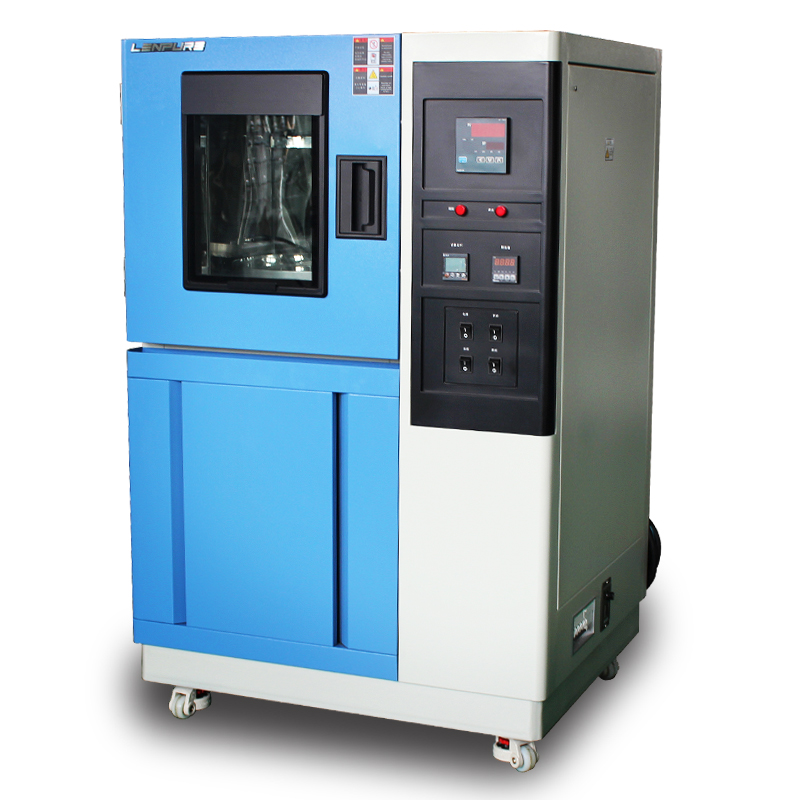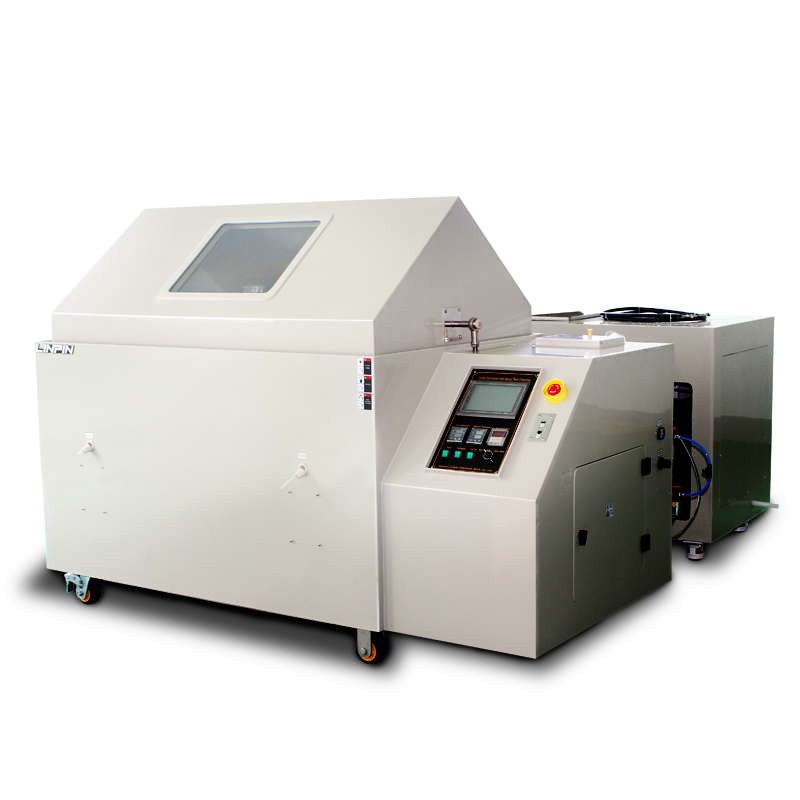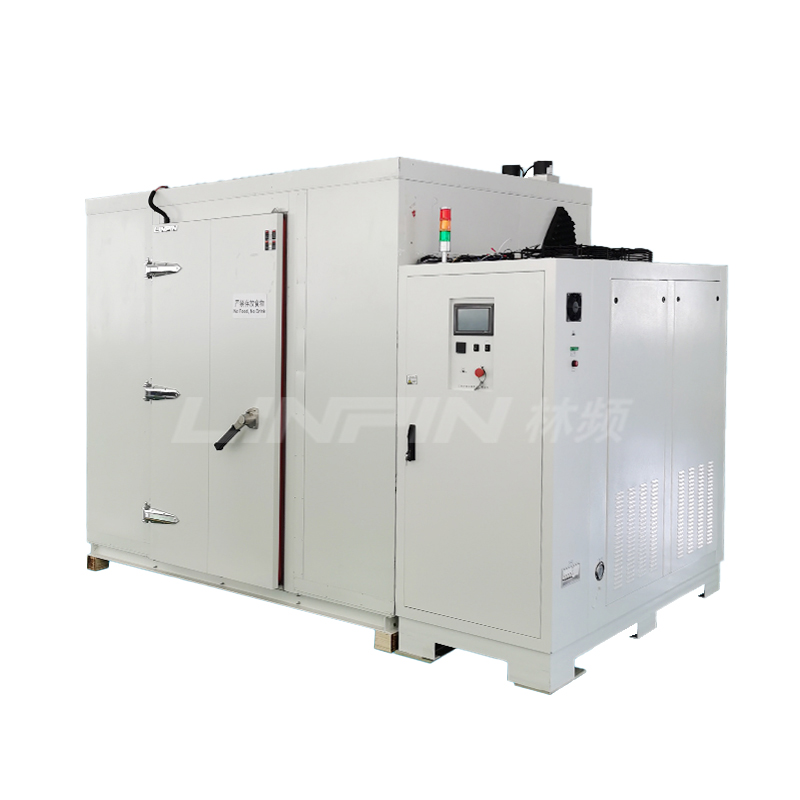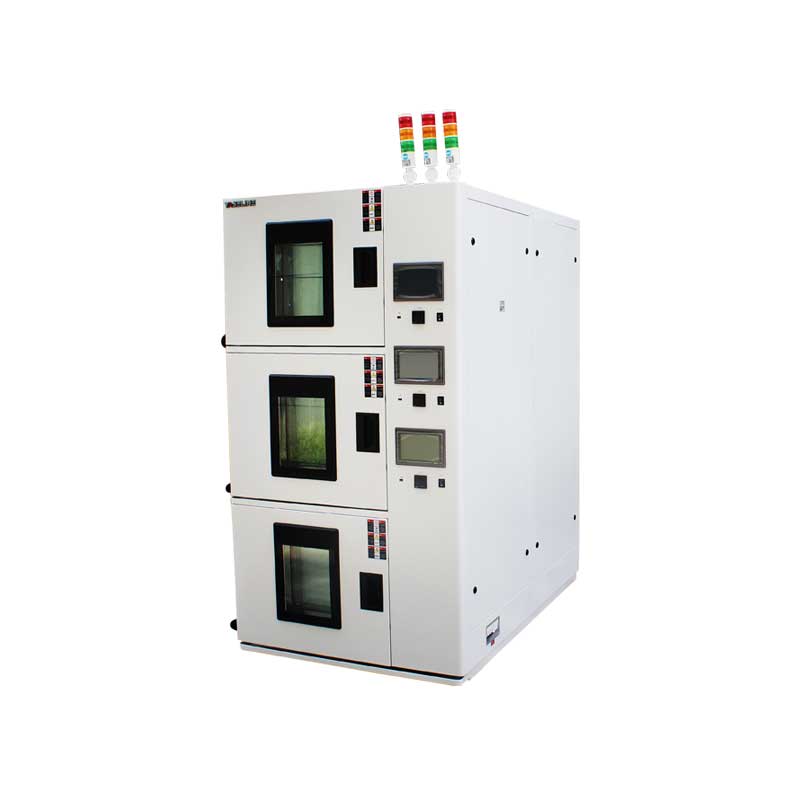GB/T 2423.3-2016 Environmental Testing—Part 2: Test Methods
Author:LINPIN Update Time:2025-05-08 Source:LINPINEnvironmental Testing for Electric and Electronic Products—Part 2: Test Methods—Test Cab: Damp Heat, Steady State
1 Scope
This part of GB/T 2423 is applicable to determining the suitability of electric and electronic products, components, or equipment for use, storage, and transportation under conditions of high humidity.
This part specifies the severity levels of the test, such as high temperature, high humidity, and duration. It applies to both heat-dissipating and non-heat-dissipating specimens.
This part is suitable for small equipment and components, as well as large equipment with complex connections to external test devices. Such connections may require assembly time, during which preheating or maintaining specific test conditions may not be necessary.
2 Normative References
The following documents, through reference in this part, constitute provisions of this part. For dated references, only the edition cited applies. For undated references, the latest edition (including any amendments) applies.
- GB/T 2421—1999 Environmental Testing for Electric and Electronic Products—Part 1: General and Guidance (idt IEC 60068-1:1988)
- GB/T 2423.2—2001 Environmental Testing for Electric and Electronic Products—Part 2: Test Methods—Test B: Dry Heat (idt IEC 60068-2-2:1974)
3 General Description
In this test, the specimen is placed in a test chamber at the same temperature as the laboratory.
The conditions inside the test chamber shall comply with the severity levels specified in Clause 5 and be maintained for the prescribed duration.
If the influence of heat-dissipating specimens causes deviations in temperature and humidity conditions within the test chamber from the specified test conditions, these parameters shall be measured in accordance with the free-air condition measurement method (see GB/T 2421—1999, Sections 4.4 and 4.6.2).
4 Test Chamber
The test chamber and its measurement system shall meet the following requirements:
a) Sensors for monitoring temperature and humidity conditions shall be installed within the working space. For steady-state damp heat tests involving heat-dissipating specimens, the placement of sensors shall comply with the relevant provisions of GB/T 2421—1999.
b) Temperature and relative humidity in the working space shall remain within the specified tolerances, accounting for the influence of the specimen,The temperature tolerances given in Clause 5 consider measurement uncertainties and gradual temperature changes:For heat-dissipating specimens, the temperature and humidity near the specimen may differ from the values measured at the positions specified in GB/T 2421—1999 due to the specimen's influence.
c) Condensate shall be continuously drained from the test chamber. Unpurified water shall not be reused.
d) Condensation on the inner walls and ceiling of the test chamber shall not drip onto the specimen.
e) The resistivity of water used for humidity control in the test chamber shall be no less than 500 Ω·m.
f) The specimen shall not be exposed to direct thermal radiation from heating elements in the test chamber.
g) In test chambers with spray systems, the specimen shall be kept away from the spray nozzle, and moisture shall not be directly sprayed onto the specimen.





